Lesson #2
renewable and non-renewable energy
Lets do a quick recap of what we learned in the previous lesson
- We learnt that Kinetic energy is what makes things move and it is the energy of motion.
Roller Coaster – Have you seen how a roller coaster goes up and down steep curves and hills? As the roller coaster car goes down the steep parts it gains kinetic energy and gives you the butterflies in your stomach.
Moving Vehicles – All moving vehicles like car, bikes, planes have a lot of kinetic energy when in motion.
We learnt that potential energy is stored energy and gets converted to kinetic energy when the object starts moving.
Swinging Pendulum – A heavy pendulum which is still has potential energy. This potential energy helps it to swing
back and forth when you give it a push. As it goes higher the potential energy now gets converted into kinetic energy. Observe how the height at which the pendulum is released affects how high it swings.
Bungee Jumper on a Bridge – A bungee jumper has potential energy when they are standing at the edge of the bridge. When they jump off the bridge this potential energy changes into kinetic energy and again changes to potential energy when the chord pulls them back.
We will now learn about renewable and non-renewable energy
Introduction to Renewable and Non Renewable Energy
Examples of renewable energy are solar, wind, biomass, hydropower, and geothermal.
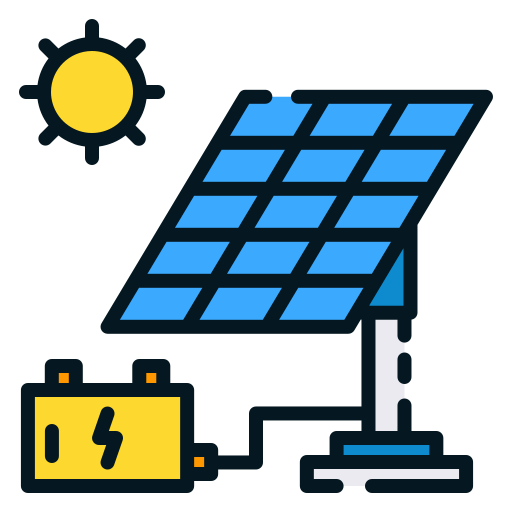
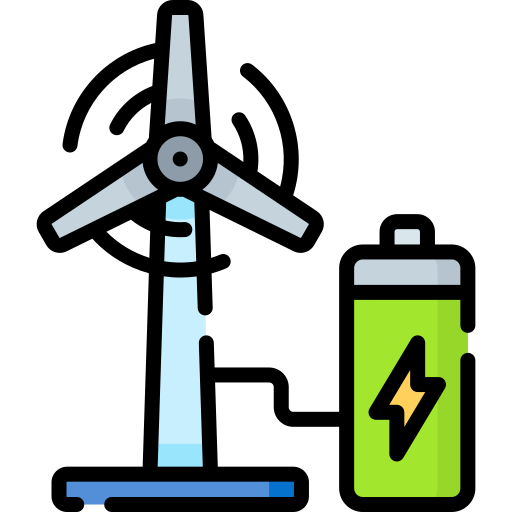
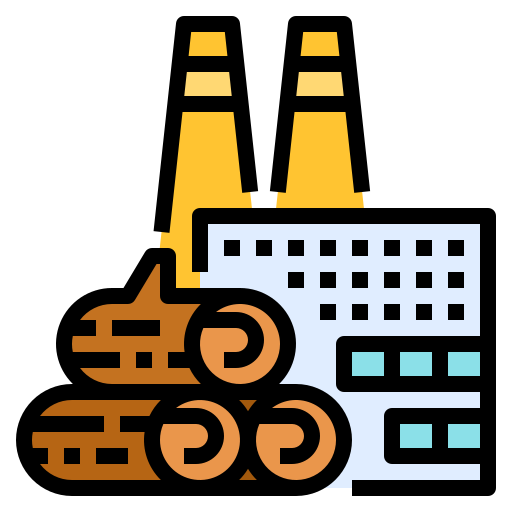
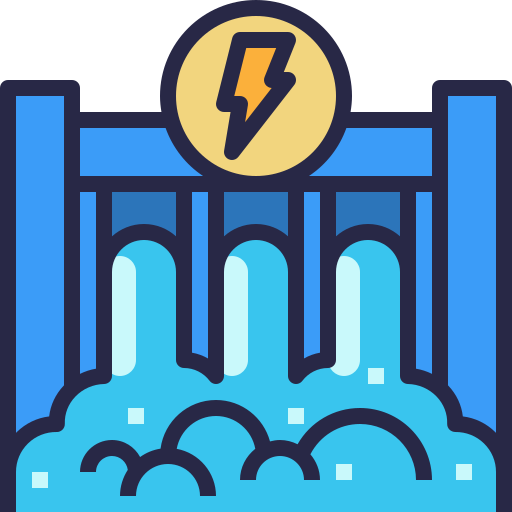

Examples of non-renewable energy are fossil fuels and nuclear energy.
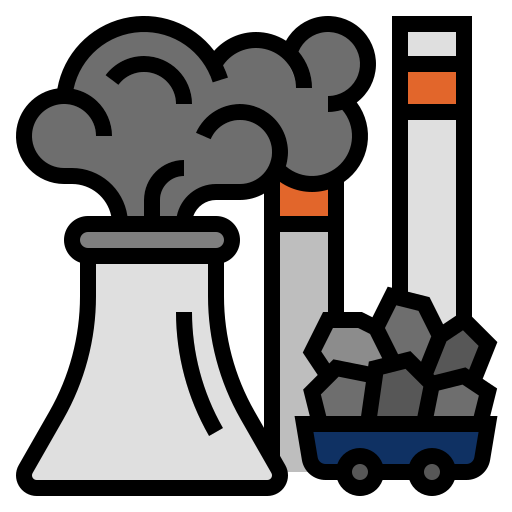
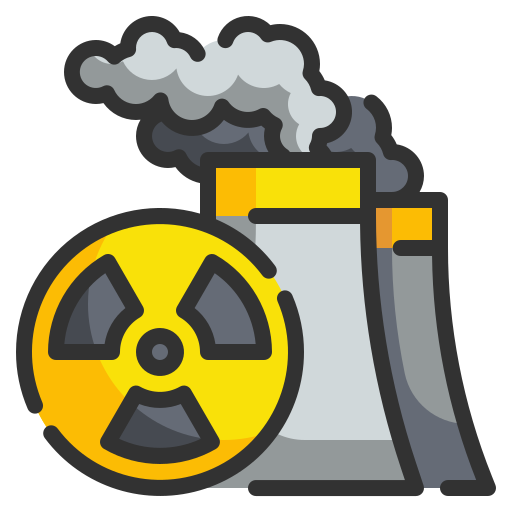
Types of Renewable Energy
1. Solar Energy
It is the radiation from the Sun capable of producing heat, causing chemical reactions or generating electricity.
There are two main methods of harnessing solar energy
Photo Voltaic Cells – Solar Panels convert sunlight into electricity. They are made of semiconductor materials. This electricity can be used in homes, businesses, etc.
Solar Thermal Systems are used to generate steam from the sun’s heat. This is then used to generate steam which helps in producing electricity or providing heat for water heating.

2. Wind Energy
Wind is used to produce electricity by converting the kinetic energy of air in motion into electricity.
Wind Turbines are structures with large blades that capture the energy of the wind and convert it into electricity. When the wind blows the turbine blades rotate and this motion drives a generator which converts the mechanical energy to electrical energy.

3. Biomass Energy
Biomass Energy is derived from organic materials like plants, wood, etc., and various organic wastes. The chemical energy stored in these is converted to heat and electricity.
Municipal Solid Waste, Algae, Agricultural residues, Wood Residues are sources of Biomass.
Biomass can be converted into energy through combustion, biochemical conversion and gasification.
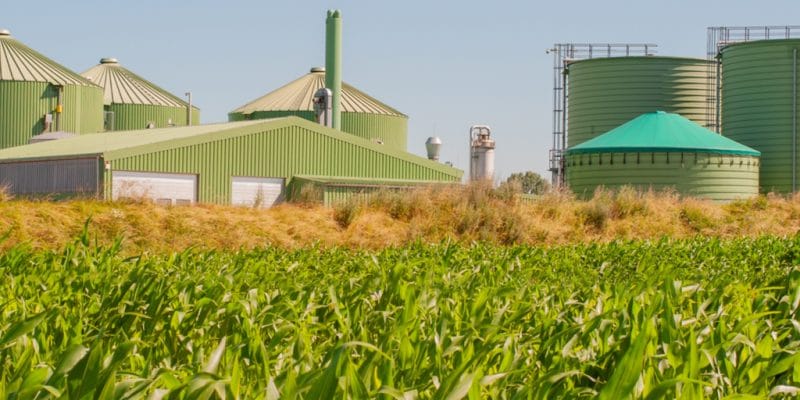
4. Hydropower Energy
Hydropower Energy uses the kinetic energy of falling water to generate electricity. Water moves from turbines and causes them to rotate. This mechanical energy is then used to turn generators which produce electricity.
Example of hydropower energy in India is the Bhakra Nangal Dam Complex.

5. GeoThermal Energy
GeoThermal Energy is derived from the heat produced in the Earth’s core, i.e. the heat stored in rocks and fluids below the Earth’s surface. It is harnessed for use as heat and electricity.
Geothermal power plants are used to convert the underground heat into electricity.
The best-known natural displays of geothermal energy are volcanoes and geysers.
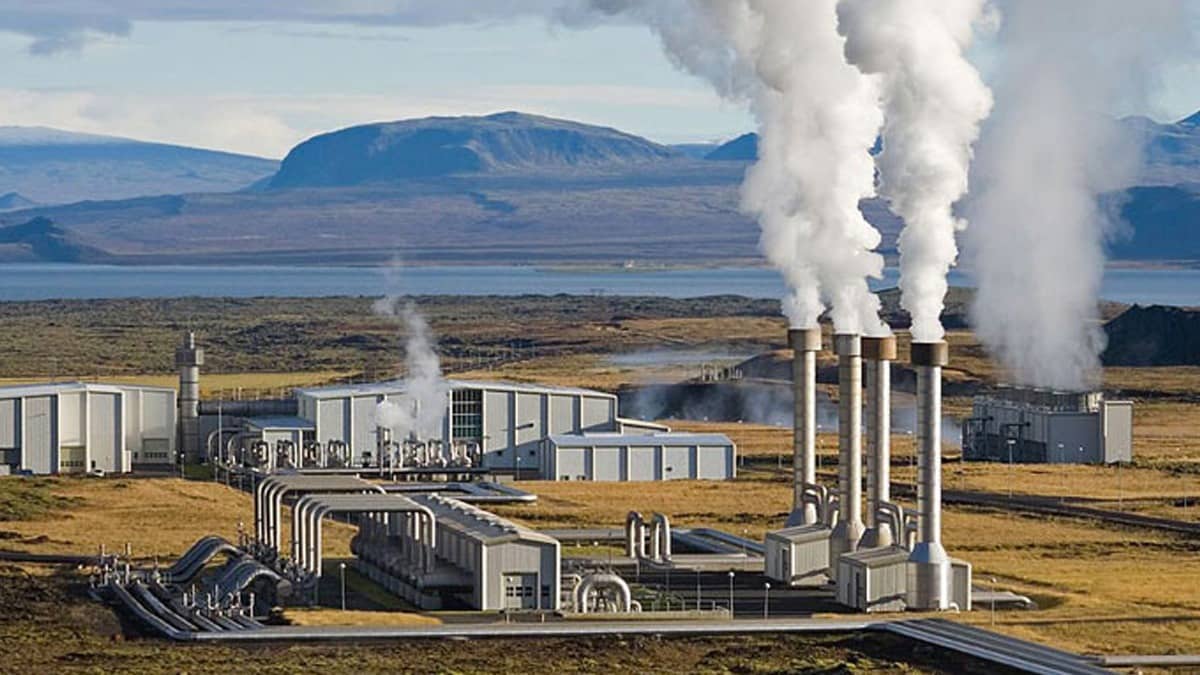
Non Renewable Energy
Non Renewable Energy Sources or fossil fuels are finite energy sources, they are derived from plant and animal remains that lived millions of years ago.
Examples of non renewable energy sources are Coal, Oil, Natural Gas and Nuclear Energy.




Non-renewable energy sources are not environmentally friendly. Coal used to generate electricity is a significant source of carbon dioxide emissions.
Nuclear Energy is not a fossil fuel but is considered as non-renewable because of the finite supply of uranium.
Because of all of the disadvantages there is now a shift towards using sustainable energy sources.
Suggested Activities
Energy Scavenger Hunt
- Explore your immediate environments at home and school and create a list of different
energy sources you find. Document your findings through photographs and written descriptions.
Identify
- Classify your findings on energy sources into renewable and non-renewable explaining
their importance.
Additional Learning Resources
- How do solar panels work? – Richard Komp
- Office of Energy Efficiency & Renewable Energy